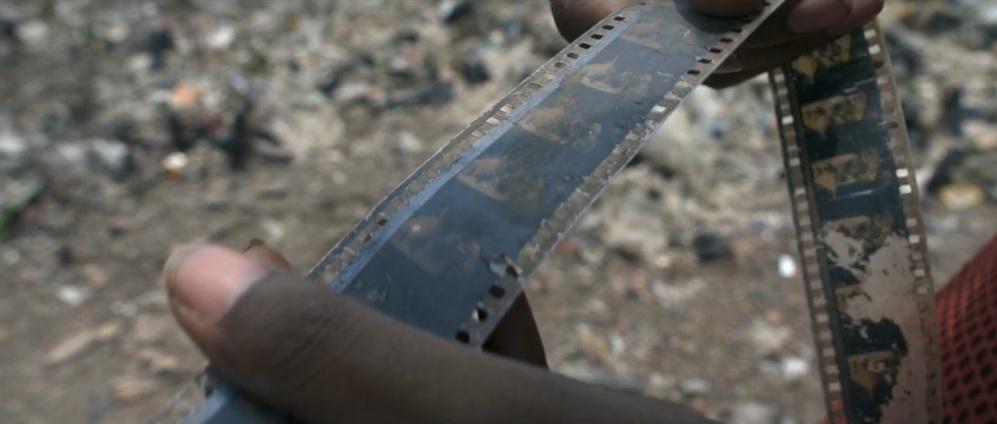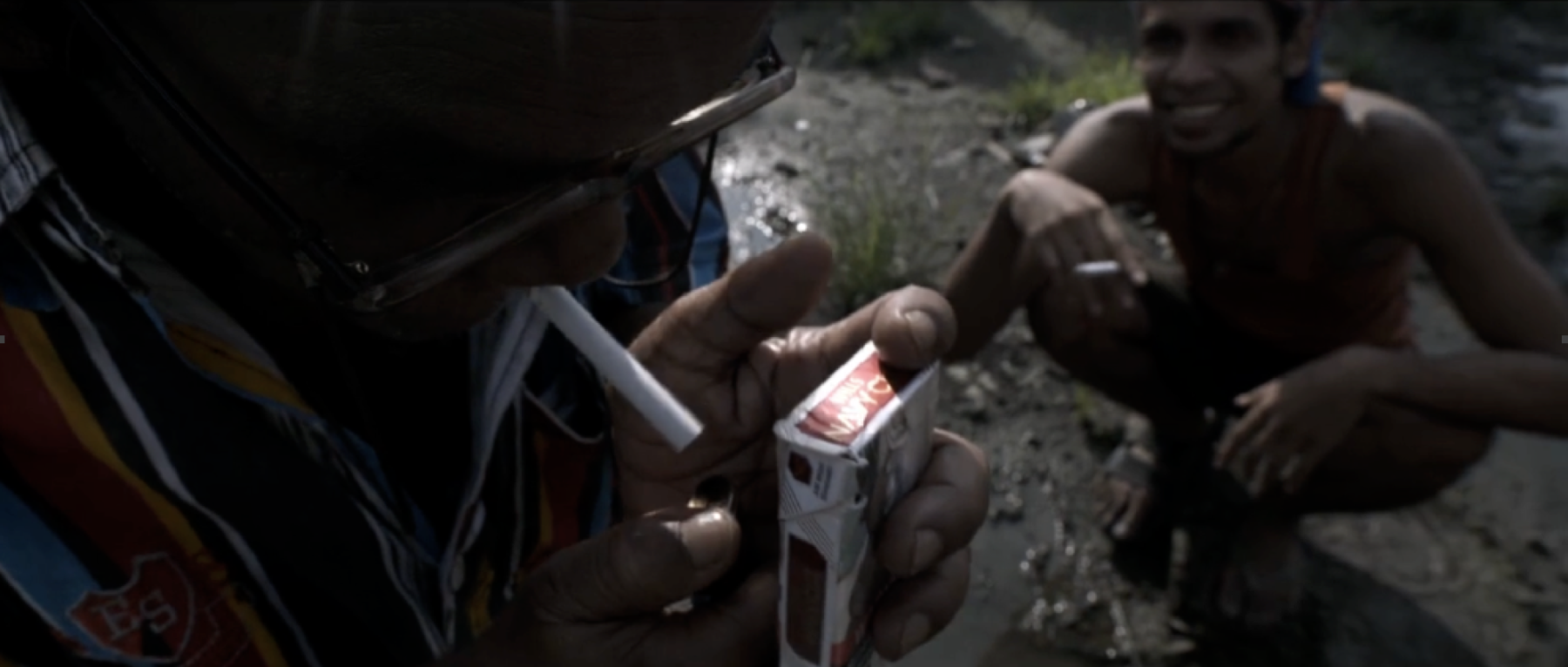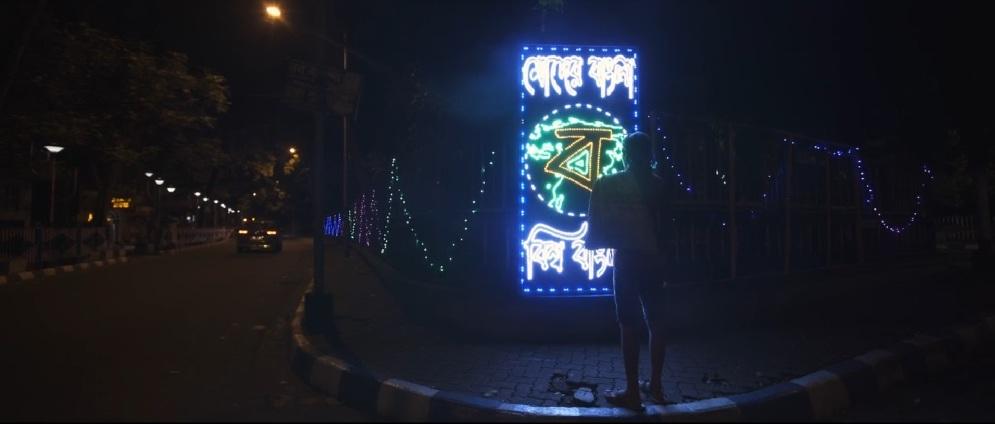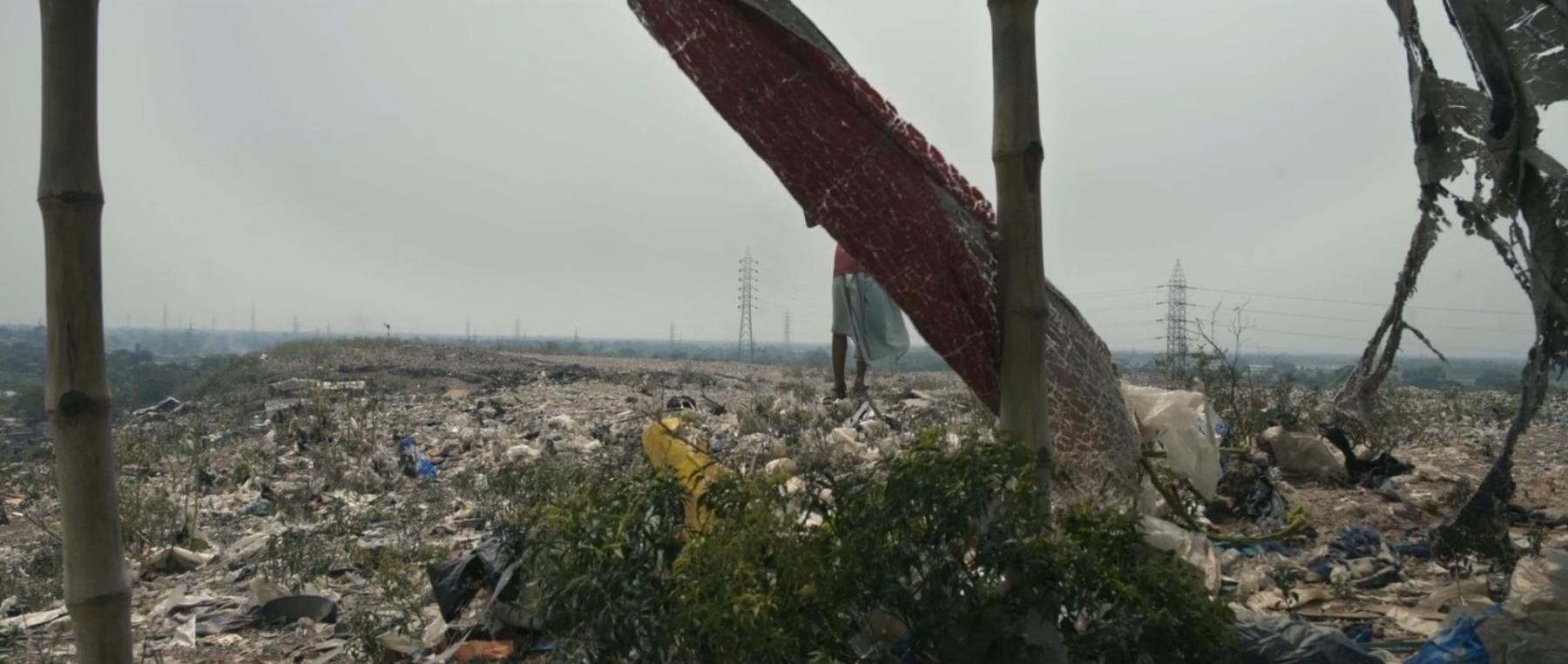Gardeners in the Wasteland: On Ishaan Ghose’s Jhilli (Discards)

The spatial protagonist of Ishaan Ghose’s feature film Jhilli (Discards) is the notorious solid waste disposal ground or "dumping ground", known as Dhapa in Kolkata. Situated next to the arterial highway of the Eastern Metropolitan Bypass, towards the eastern fringes and wetlands of Kolkata, the landfill site is an ecological nightmare that has been growing cancerously over the last century, and now accepts about 2500 tons of waste daily. A mixture of rapid industrialisation and unplanned urban growth has caused increasing stress on such dumping grounds, endangering the environment and the precarious lives of the manual labourers (many of whom are children) who work on these sites as garbage sifters, bone-crushers of animal carcasses and various other menial jobs of clearance and waste disposal—all undertaken in a smoky hothouse chamber produced by the land. Meanwhile, the soil is continually suffused with toxins and heavy metals from the untreated waste, affecting the quality of the water that is available and the vegetable crops that are grown on the land, usually to be sold across the city.

In this dystopic landscape, Ghose’s film unveils a delirious and slurred narrative of a group of friends who drift in and out of each other’s lives as they attempt to make a living from Dhapa, or dream-up hare-brained schemes of escape that are doomed to failure. The film posits an imaginary point in the future as a provocation for its narrative—a time when the wasteland is reclaimed and developed into a landscaped garden and housing projects that would obviously exclude current inhabitants like Bokul, a fourth-generation manual scavenger, or Ganesh, an optimistic entrepreneur besieged by his own demons. The friendships formed among them are as fragile as they are full of sustenance; they slide as easily into intimacy as into cruelty and violence, especially when Sourav Nayak’s transsexual character appears, or Shombhu’s—an old man affected by dwarfism—dysfunctional appetites are put on display.

Ishaan Ghose is the cinematographer as well as editor and co-producer for the film. The film was shot over five years without any clear map of progress—an uneasy method that ultimately enriches the film’s narrative capacity. There are shots of the characters experiencing the stasis of the space in Dhapa, contrasted ecstatically with their experience of running through anonymous crowds in more visible urban neighbourhoods like Park Street. The thrill is captured through Ghose’s poetic sweeping shots that acquire a ragged personality of their own by the end of the film, even making them a participant in this life of precarity and near-perpetual intoxication. Ghose’s previous work on his father Goutam Ghose’s films Shankhachil (Brahminy Kite, 2016) and Raahgir (The Wayfarers, 2019), hardly prepares one for this sensual and visual onslaught of this project.

Documenting the lives of Dhapa scavengers and their daily work routines in hazardous environments forms a significant part of the film’s focus. Ghose has previously spoken about the project’s origins in an attempt to document the lives of ragpickers in Tiljala. As a dynamic, ongoing vision of narrating the marginal lives of those suspended at the peripheries of development, Jhilli’s provocative mixture of documentary realism and poetic surrealism is part of an evolving style that is being developed by Indian photographers and cinematographers, from Sohrab Hura to Ronny Sen, who take a similar interest in such discarded spaces and the life-forms they generate. In this, Jhilli’s rich emotional context lends it a substance beyond the purely formal attractions of such an enterprise.
All images from Jhilli by Ishaan Ghose. Courtesy of the artist.




